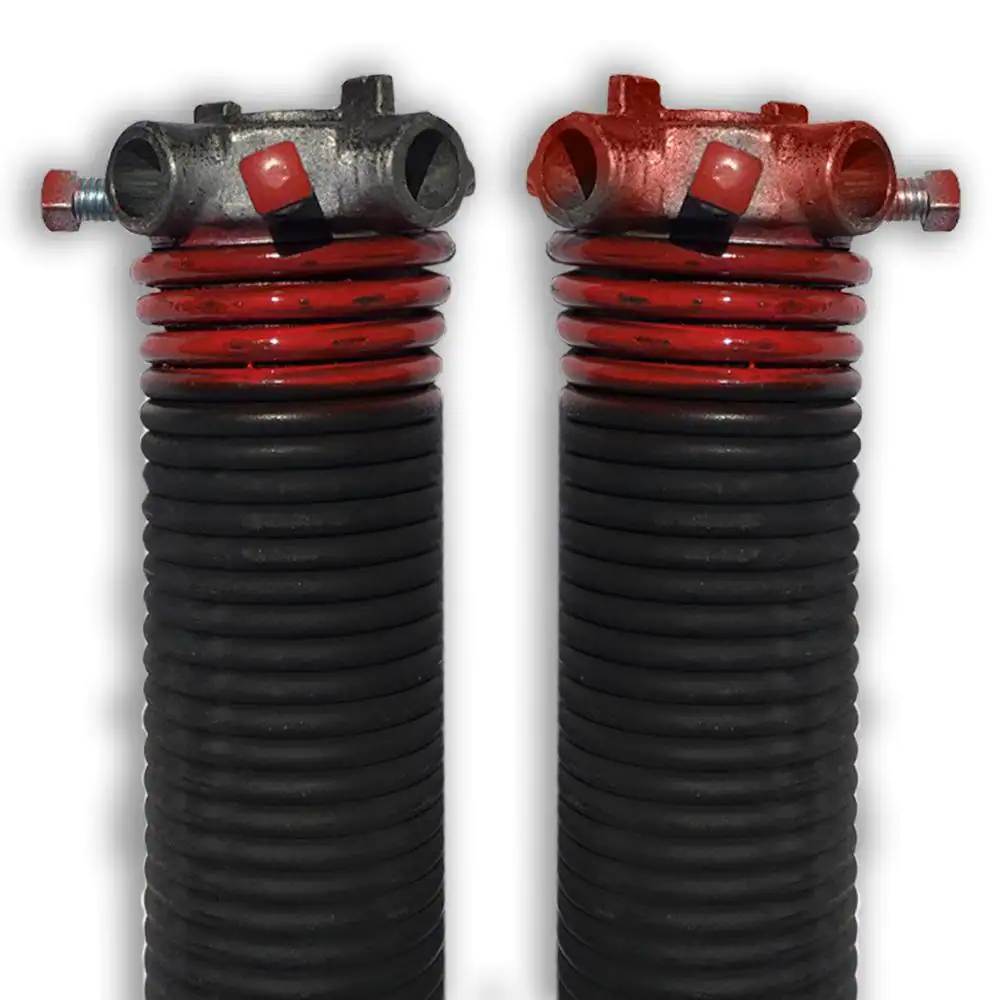Garage doors are an essential part of our homes, providing security and ease of access. Behind the scenes, there’s a crucial component that helps your garage door open and close smoothly – the garage door spring. These springs play a pivotal role in counterbalancing the door’s weight, but understanding how to properly adjust them can be a daunting task. In this guide, we’ll focus on demystifying the world of garage door springs, with a particular emphasis on answering the question: “How many turns on a 12 ft garage door spring?” Read on to learn more about this critical aspect of your garage door.

Types of Garage Door Springs
Before we delve into the number of turns needed for a 12 ft garage door spring, it’s crucial to understand that there are two primary types of garage door springs: torsion springs and extension springs. Torsion springs are located above the door, while extension springs are situated on either side of the door. The method for adjusting and determining the number of turns required will vary based on the type of spring your garage door uses.
Torsion Springs and the 12 Ft Garage Door
Torsion springs are commonly used for heavier garage doors, such as those that are 12 feet in width. These springs are wound tightly to store energy, which is then released to lift the door. To determine the number of turns needed for a 12 ft garage door spring, follow these steps:
- Measure the Spring Length: Start by measuring the length of the torsion spring. You’ll need this measurement to ensure you wind it correctly.
- Determine the Spring Size: The size of the spring (usually in terms of wire gauge) will impact the number of turns required. Thicker springs will need fewer turns.
- Calculate the Number of Turns: Manufacturers offer turn guidelines based on spring size and door height. As a rough rule, for a 12 ft door, plan on 3 to 4 turns. For precision, consult the manufacturer or a professional.
Seeking Professional Assistance
While you can estimate the turns for a 12 ft garage door spring, it’s vital to emphasize the extreme danger of working with them. These springs are wound tightly and store a significant amount of energy. Any errors in adjustment can result in injuries or property damage.
Highly recommend seeking a professional garage door technician’s assistance for adjusting or replacing your garage door spring. They possess the experience, tools, and knowledge to ensure safe and correct completion of the job.
Regular Maintenance and Safety
Whether you have a 12 ft garage door or a smaller one, regular maintenance is essential to keep your garage door springs in good working condition. Inspect the springs for signs of wear, rust, or damage. If you notice any issues, contact a professional for repairs.
Furthermore, always prioritize safety when working with garage door components. Avoid attempting adjustments or repairs on your own, as the risk of injury is substantial. Your well-being is far more important than any DIY attempt.
Conclusion
In conclusion, knowing the right number of turns for a 12 ft garage door spring is vital for maintenance. A general estimate of 3 to 4 turns suffices, but consult the manufacturer or a pro for precise advice. Prioritize safety with garage spring work; professional help is advisable for adjustments. Maintain your springs to ensure your garage door stays safe and functional for years.



Leave a Reply